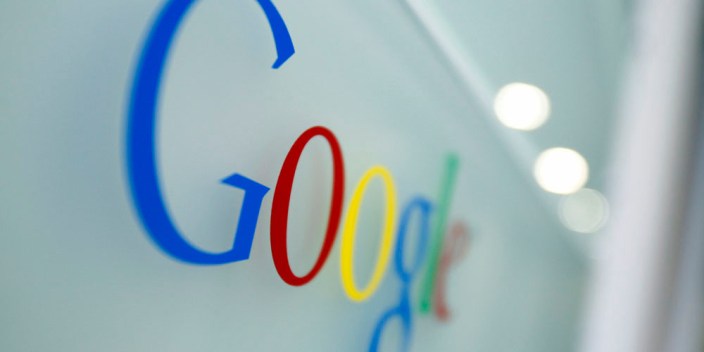
Google fined $16k in Brazil over ‘morbid images’
Google and Facebook have each been slapped with a R$50,000 fine ($16k USD) in Brazil for not removing or blocking morbid images. The move comes after pictures of a Brazilian musician in a mortuary made their way online. Christian Araujo, the artist in question, died alongside his girlfriend in a car crash last month.
The Guardian reports that Judge Denise Gondim de Mendonca declared both companies had acted in “bad faith” after ignoring an earlier ruling. In response to today’s news, Google had the following statement prepared:
The Marco Cilvil of the Internet (local law which regulates removals) requires that any court order for content removal specify the URLs to be removed. In parallel, we have already taken down many of the videos which have been flagged by users due to YouTube’s policies regarding offensive content.
Facebook is yet to comment officially on the ruling, but Google has stated that it will be appealing the decision. In an age where it’s so easy to share any kinds of images online, it brings in to question how much of this can be blamed on Google and how much is down to those who took the photographs or shot the videos to begin with.
Not to be too crude or disrespectful, but I couldn’t think of much worse than someone pulling out their smartphone to snap a picture of my dead body lying in a morgue. The fact the picture is posted online afterwards is more of a side effect, surely?
That’s not to downgrade the severity of the companies supposedly not taking action. As huge corporations, they too have a responsibility to ensure these kinds of images aren’t seen by anyone. It certainly brings in to question where the line should be drawn.

